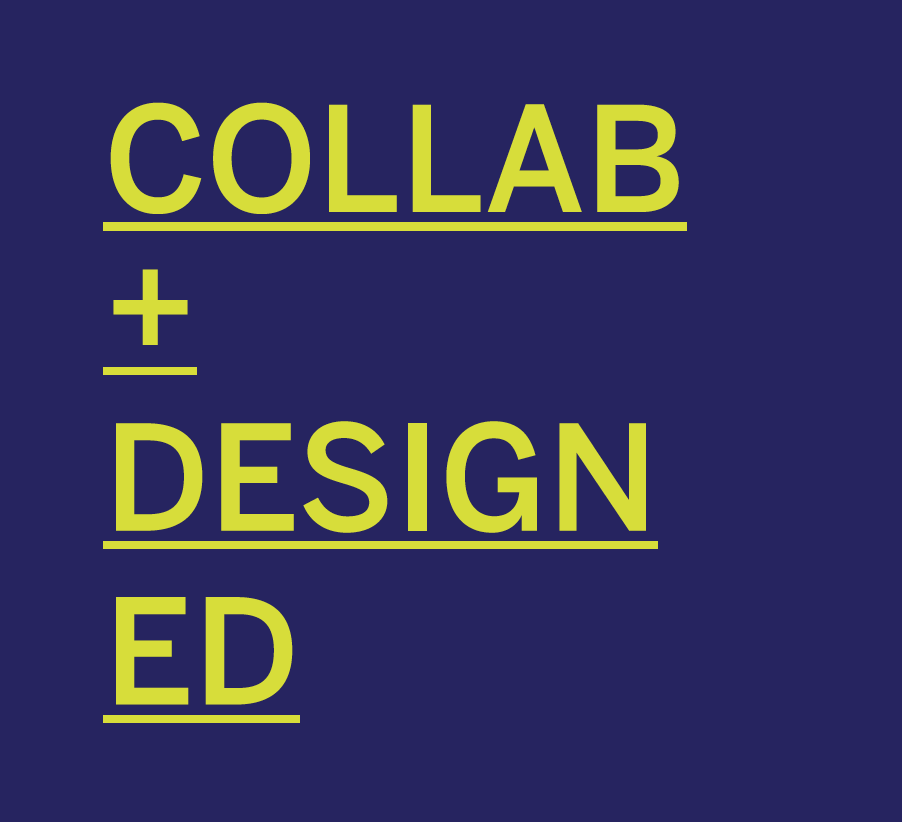COLLAB + DESIGN ED, Collaborations in Design Education
Design practitioners and educators can find value in a collaborative practice. We know that other designers contribute to the design process by providing creative perspectives, ways of knowing, and critical evaluations beyond our own. We push ourselves the hardest, and ask the toughest questions, when we know another designer, writer, photographer, historian, etc. will be working on the same problem. As educators, we know that students will benefit in the same ways as they will be expected to function as collaborators in practice.
Unfortunately, a collaborative approach is often missing from academia both in the curriculum and the professional lives of faculty. The result can be isolation and monotony for faculty, and students who are ill-prepared to creatively work with others. Rebecca Tegtmeyer, Assistant Professor at Michigan State University, and I have been researching collaboration for many years. We have presented nationally and internationally at competitive conferences and, as a result of the excellent feedback we received, we embarked on turning the work into a book.
Our forthcoming book, Design + COLLAB ED: Collaboration in Design will provide nineteen collaborative graphic design case studies and pedagogical methodologies from a wide variety of perspectives that will inspire and guide other design educators who are wanting to create collaborative cultures. Commentary and introductory text, provided by Rebecca and myself, will highlight insights, methods, tools, and findings throughout, along with visual diagrams.
This book aims to make collaboration in academia more possible and enjoyable. Collaborating can be the most rewarding type of work, but it doesn’t always come easy. Collaboration takes time, initiative and specific skill sets. We know collaborative skill sets are needed by our students, but the task of introducing a collaborative approach can be daunting. In the classroom, we are increasingly faced with more and more objectives and find our course timelines limiting. What objectives are we willing to let go of in order to make time for collaboration? In faculty’s approach to research and teaching, how do we find the time to make connections and manage logistics? How do we get started?
